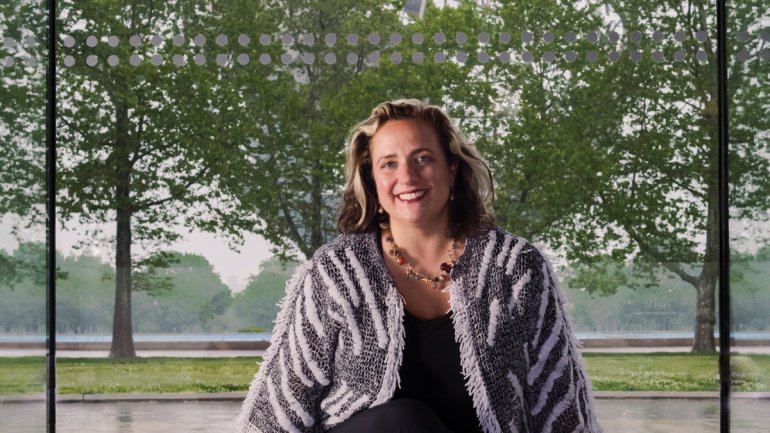Question Authority
Question Authority
If you’re reading this, you no doubt believe the arts are important. Like Sara Kass, a doctor who’s seen creative activities practically save the lives of people with PTSD and traumatic brain injuries, you might say that participating in the arts is as essential to healthy living as are food and sleep and shelter. You probably think we’d be a more stable, enlightened society if arts organizations were bringing more people – and more kinds of people – through their doors.
The problem is that, right now, there aren’t enough of us who believe this. Organizations devoted to art, music, theater, and dance are forever scrounging for money. In schools, the arts are electives, their teachers first to be laid off. Legislatures across the country view the arts as luxuries – nice to have but by no means essential. The last few months have brought scary talk at the highest levels about defunding the National Endowment for the Arts, a critical lifeline for scores of artists and organizations.
Arts organizations always want more participants. Today, we feel an urgency to attract not only a bigger audience but also a broader one. It’s right, of course, and it’s also necessary. We know US demographics are changing rapidly, and if we don’t win over a diverse mix of people across age, gender, race, and class, the hunt for revenue will be more grueling than ever.
Arts leaders must connect with new audiences. But the case we often make – defensively, as we try to justify our existence – is not necessarily persuasive. Like an alley cat squaring off against a Rottweiler, we do all we can to seem more formidable. We puff ourselves up with our credentials and our artspeak and our pristine objects on pedestals. We matter, we insist, and we point to the evidence. You’d have to be blind, we imply – or ignorant – not to see it.
This stance probably doesn’t endear us to funders, and it definitely doesn’t draw in newcomers. It’s counterproductive, alienating the very communities we say we want to invite. They don’t think we’re smart and creative and appealing. They think we’re snobs. And guess what? Too often, they’re right.
If we really want to “look like America,” as the imperative goes, we have to shift our focus from ourselves and our needs to the needs of the rest of America. We need to seek not to be understood, but to understand and to be deeply relevant.
Laura Raicovich, executive director of the Queens Museum, nestled in one of the most cosmopolitan corners of the world, knows this firsthand. Her commitment to diversity and inclusiveness goes well beyond words. “Inclusion isn’t about ‘We need to get those people in here,’ ” she says, “it’s like, ‘We are those people.’ ” Curators sit in meetings with the staff immigrant outreach coordinator and the staff community organizer. Neighborhood residents help design programming. Wall labels and other texts are written for people who aren’t traditional museumgoers.
If you want to draw new audiences, Raicovich says, you have to give up some of your importance. “It’s the authority of a museum that makes people feel like they don’t belong there,” she says. “If you undermine your authority, even just a little bit, it signals that people are welcome.”
Connecting to new audiences might be the biggest challenge facing many arts organizations. “The work is harder and more time-consuming than simply extending a well-intentioned hand,” curator Lynnette Miranda attests in an enlightening essay. But if we don’t give it our all, now, we may not survive.
We hope you enjoy this issue’s poster tracing the history of American craft in the 1960s, another in our series of nine.

